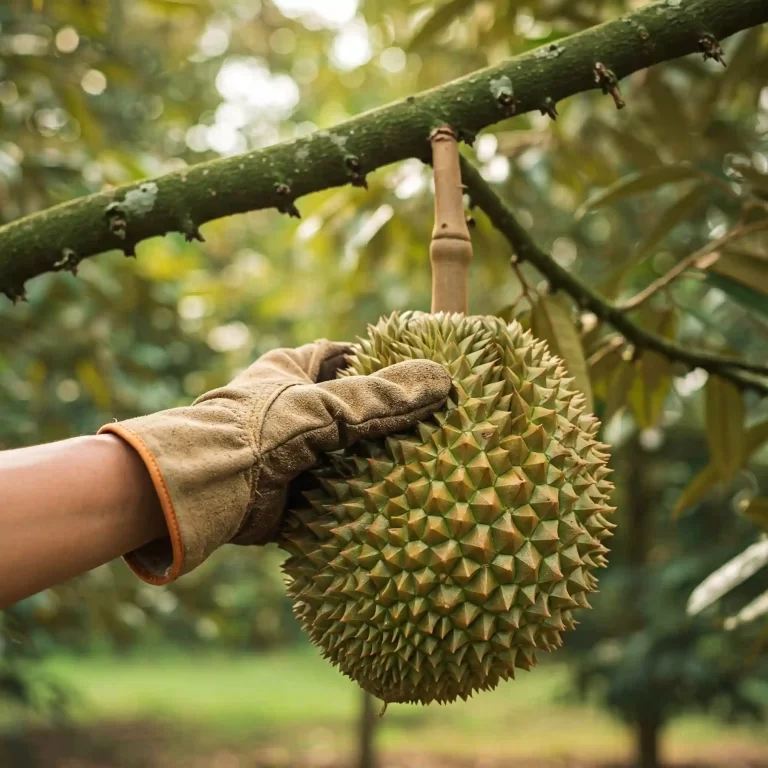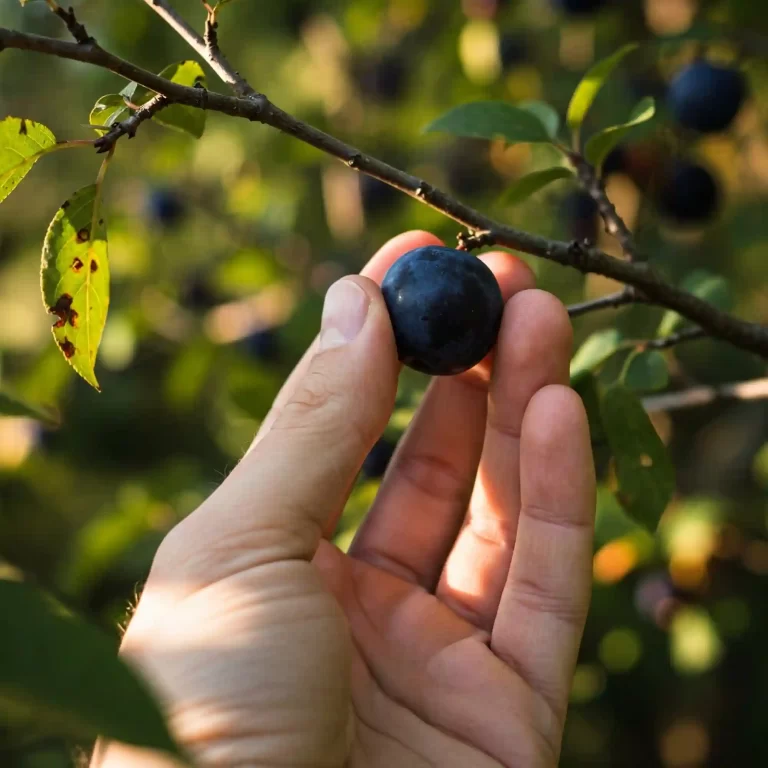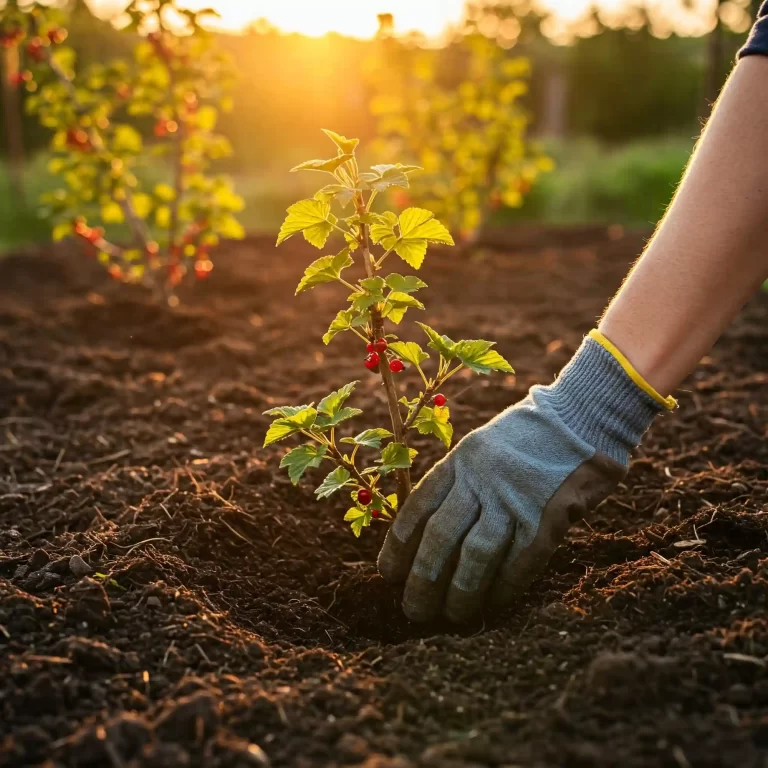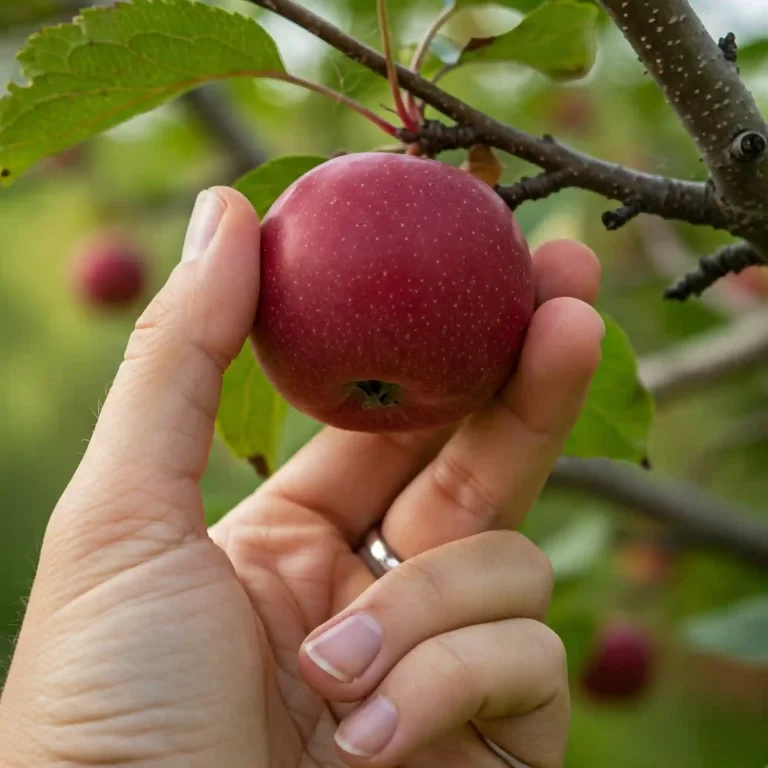The Struggle is Real: Finding Reliable Field Guides and Manuals for Gardeners
As a gardener, you know how frustrating it can be to search for reliable field guides and manuals that can help you improve your gardening skills. You’ve probably spent hours scouring the internet, only to find outdated or inaccurate information that leaves you feeling more confused than confident. You’re not alone. Many gardeners struggle to find trustworthy resources that can help them overcome common gardening challenges.
But what if you had access to a comprehensive guide that listed the top field guides and manuals for gardeners? A guide that would provide you with the knowledge and expertise you need to take your gardening skills to the next level? Look no further. In this article, we’ll explore the world of field guides and manuals, and provide you with a list of 25 essential resources that every gardener should know about.
What are Field Guides & Manuals?
Field guides and manuals are resources that provide gardeners with the knowledge and expertise they need to improve their gardening skills. They can take many forms, including books, online courses, and even mobile apps. But what sets them apart from other gardening resources?
- Field guides are resources that provide gardeners with information on specific topics, such as plant identification, garden design, or pest and disease management. They are often written by experts in the field and provide detailed information on the topic at hand.
- Manuals, on the other hand, are resources that provide gardeners with step-by-step instructions on how to complete a specific task or project. They can be used to help gardeners learn new skills or to provide a refresher course on topics they already know.
Benefits of Using Field Guides & Manuals
So why should you use field guides and manuals in your gardening practice? Here are just a few benefits:
- Improved plant identification: Field guides can help you identify plants more accurately, which can help you choose the right plants for your garden and avoid mistakes.
- Enhanced garden design: Field guides can provide you with inspiration and ideas for designing your garden, from choosing the right plants to creating a beautiful and functional outdoor space.
- Increased knowledge of gardening techniques: Manuals can provide you with step-by-step instructions on how to complete specific gardening tasks, from pruning and training plants to managing pests and diseases.
- Better pest and disease management: Field guides and manuals can provide you with information on how to identify and manage common pests and diseases, which can help you keep your garden healthy and thriving.
Types of Field Guides & Manuals
There are many different types of field guides and manuals available, each with its own unique focus and benefits. Here are a few examples:
- Plant identification guides: These guides provide information on how to identify specific plants, including their characteristics, habitats, and growth patterns.
- Garden design guides: These guides provide inspiration and ideas for designing your garden, from choosing the right plants to creating a beautiful and functional outdoor space.
- Gardening technique guides: These guides provide step-by-step instructions on how to complete specific gardening tasks, from pruning and training plants to managing pests and diseases.
- Pest and disease management guides: These guides provide information on how to identify and manage common pests and diseases, which can help you keep your garden healthy and thriving.
Essential Field Guides & Manuals for Gardeners
Here are 25 essential field guides and manuals that every gardener should know about:
- The New Seed Starter’s Handbook by Nancy Bubel – A comprehensive guide to starting seeds indoors and outdoors.
- The Vegetable Gardener’s Bible by Edward C. Smith – A detailed guide to growing vegetables, including tips on soil preparation, irrigation, and pest management.
- The New Organic Grower by Eliot Coleman – A guide to growing organic fruits and vegetables, including tips on soil preparation, composting, and pest management.
- The Gardener’s Handbook by the Royal Horticultural Society – A comprehensive guide to gardening, including tips on plant identification, garden design, and pest management.
- The Tree Care Industry Association’s Tree Care Manual – A guide to tree care, including tips on pruning, planting, and pest management.
- The National Gardening Association’s Gardening Guide – A comprehensive guide to gardening, including tips on plant identification, garden design, and pest management.
- The USDA’s Plant Hardiness Zone Map – A guide to determining the plant hardiness zone for your area.
- The National Weather Service’s Gardening Weather Guide – A guide to understanding weather patterns and how they affect gardening.
- The Soil Science Society of America’s Soil Guide – A comprehensive guide to soil science, including tips on soil preparation, fertilization, and pest management.
- The Entomological Society of America’s Insect Guide – A guide to insects, including tips on identification, control, and management.
Field Guides for Specific Plants
Here are some field guides for specific plants:
- The Audubon Society’s Field Guide to Wildflowers – A comprehensive guide to wildflowers, including tips on identification, habitat, and growth patterns.
- The National Audubon Society’s Field Guide to Trees – A guide to trees, including tips on identification, habitat, and growth patterns.
- The American Horticultural Society’s Field Guide to Roses – A comprehensive guide to roses, including tips on identification, care, and maintenance.
- The Royal Horticultural Society’s Field Guide to Succulents – A guide to succulents, including tips on identification, care, and maintenance.
Manuals for Specific Gardening Tasks
Here are some manuals for specific gardening tasks:
- The Gardener’s Handbook’s Guide to Pruning – A comprehensive guide to pruning, including tips on techniques, tools, and timing.
- The National Gardening Association’s Guide to Composting – A guide to composting, including tips on techniques, materials, and maintenance.
- The Soil Science Society of America’s Guide to Soil Testing – A comprehensive guide to soil testing, including tips on techniques, tools, and interpretation.
- The Entomological Society of America’s Guide to Pest Management – A guide to pest management, including tips on identification, control, and management.
Online Resources for Field Guides and Manuals
Here are some online resources for field guides and manuals:
- The USDA’s Plant Database – A comprehensive database of plants, including information on identification, habitat, and growth patterns.
- The National Gardening Association’s Gardening Guide – A comprehensive guide to gardening, including tips on plant identification, garden design, and pest management.
- The Royal Horticultural Society’s Plant Finder – A guide to plants, including information on identification, habitat, and growth patterns.
- The Gardener’s Handbook’s Online Guide – A comprehensive guide to gardening, including tips on plant identification, garden design, and pest management.
Using Field Guides and Manuals in Your Gardening Practice
Field guides and manuals can be a valuable resource for gardeners, providing information on plant identification, garden design, and pest management. Here are some tips for using field guides and manuals in your gardening practice:
- Start with a comprehensive guide: Begin with a comprehensive guide that covers the basics of gardening, such as plant identification, garden design, and pest management.
- Use specific guides for specific tasks: Use specific guides for specific tasks, such as pruning, composting, or pest management.
- Consult multiple sources: Consult multiple sources to get a well-rounded understanding of a particular topic.
- Take notes and ask questions: Take notes and ask questions as you read through a guide or manual.
- Practice what you learn: Practice what you learn by applying the techniques and principles outlined in the guide or manual.
Case Study: Using Field Guides and Manuals to Improve Garden Design
A gardener in California wanted to improve the design of her garden. She consulted a comprehensive guide to garden design, which provided her with information on plant selection, layout, and maintenance. She also consulted a specific guide to succulent gardening, which provided her with information on the care and maintenance of succulents. By using these guides, she was able to create a beautiful and functional garden that reflected her personal style.
Benefits of Using Field Guides and Manuals
| Benefit | Description |
| Improved plant identification | Field guides and manuals can help gardeners identify plants more accurately, which can help them choose the right plants for their garden. |
| Enhanced garden design | Field guides and manuals can provide gardeners with inspiration and ideas for designing their garden. |
| Increased knowledge of gardening techniques | Field guides and manuals can provide gardeners with step-by-step instructions on how to complete specific gardening tasks. |
| Better pest and disease management | Field guides and manuals can provide gardeners with information on how to identify and manage common pests and diseases. |
Conclusion
Field guides and manuals can be a valuable resource for gardeners, providing information on plant identification, garden design, and pest management. By using these resources, gardeners can improve their gardening skills and create a beautiful and functional garden. Remember to start with a comprehensive guide, use specific guides for specific tasks, consult multiple sources, take notes and ask questions, and practice what you learn.




